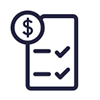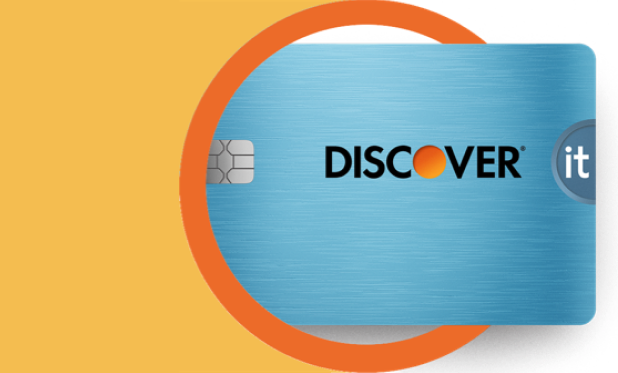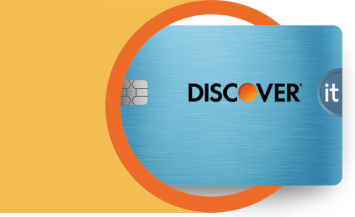After you enjoy a meal at a restaurant, get your hair done at the salon, or take a ride in a taxi, it’s common practice to leave a tip. Tipping is the act of giving money to someone who has provided a service on top of the standard charge. It’s a way of acknowledging their work and showing your appreciation. You can choose to leave a tip in cash or tip with your credit card.

How Does Tipping Work on a Credit Card?
Next steps


See rates, rewards and other info
You may also be interested in
Was this article helpful?
Was this article helpful?
-
$0 Fraud Liability: An “unauthorized purchase” is a purchase where you have not given access to your card information to another person or a merchant for one-time or repeated charges. Please use reasonable care to protect your card and do not share it with employees, relatives, or friends. Learn more at Discover.com/fraudFAQ.
-
Legal Disclaimer: This site is for educational purposes and is not a substitute for professional advice. The material on this site is not intended to provide legal, investment, or financial advice and does not indicate the availability of any Discover product or service. It does not guarantee that Discover offers or endorses a product or service. For specific advice about your unique circumstances, you may wish to consult a qualified professional.


